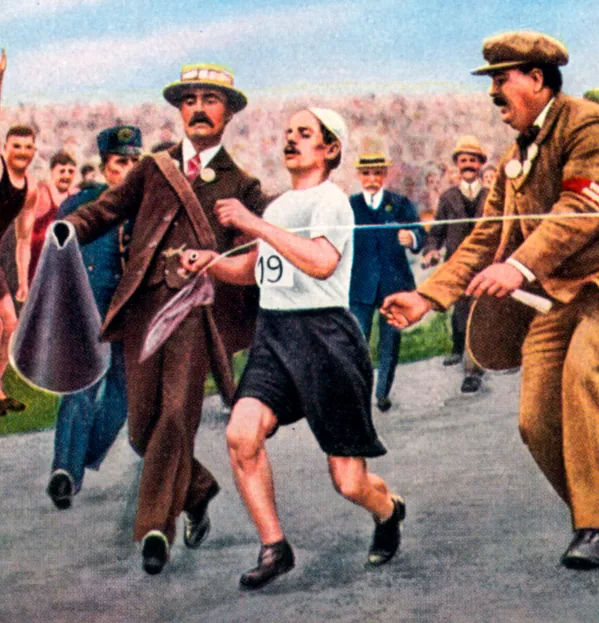Sats are over and the summer holidays are within touching distance. However, pupils are away from school for long enough during the holidays without the summer term becoming learning-lite.
Year 6 teachers need to soldier on and make sure their classes are prepared for Year 7. There are four things I’d focus on.
1. Wider curriculum
All the talk of catching up and gap filling has endangered the teaching and learning of the wider curriculum.
Take an overview of the past two years, speak to Year 5 teachers and plan some learning sequences that cover material children haven’t accessed fully yet during their time in key stage 2.
Think about how you can bring this learning to life in the local environment and by using subject specialists in your school or community. Block out time on the timetable for this, particularly in subjects that require a lot of set-up and set-down, such as art and design and technology.
Ensure that children are given the skills and knowledge they need to access the curriculum later on in secondary school: get in touch with the schools your children will go to and ask for some input about what the most foundational knowledge and skills might be.
Having access to copies of the key stage 3 or Year 7 curricula are really helpful; you can begin to teach the prerequisite knowledge and skills needed.
2. Emotional wellbeing
While this cohort’s transition to secondary school should be smoother sailing than in recent years, they may still feel the effects of the pandemic.
Spend time, in an informal way, working alongside children, acquainting yourself with their current emotional responses to their forthcoming move. The more you know as a teacher, the more you can tailor your support as they ready themselves to move on.
Run some optional talking groups, where children can share particular concerns, and think carefully about the combination of children in these groups, making sure you can create a safe and welcoming space. Organising groups on an invitation-only basis works well, as does a providing a cosy setting with a few snacks.
More teaching and learning:
3. Transition
Thankfully, transition events will be going ahead this year, so children will be able to step through the doors of their allocated secondary school in advance of that first day in September.
However, don’t leave it all up to secondary staff; there is plenty that primary staff can be doing, too.
Rather than relying on your own experience to answer pupils’ questions, find out from current Year 7s what the expectations, routines and unique characteristics of each secondary school are.
Get in touch with the secondary schools and send them lists of questions from the children. Request that Year 7 students answer these questions on video, if possible - this will have a real impact on the Year 6s.
There may be ways you can ease worries and concerns in class as well, through getting pupils to take part in role-play activities, creating artwork that represents their fears, or leading circle time sessions in which they can ask their peers for advice.
4. Leave room for the primary experience
As well as these things, allow children to really enjoy the last vestiges of the primary experience: the assemblies, the playtimes, the educational visits, the chats over lunch, the personal side projects completed over lunchtime, the after-school clubs.
Whether it’s performing in their end-of-year play or just running around school getting their yearbook signed, these moments make memories for years to come and draw a positive line under their primary experience, marking them out as ready for their next steps.
Aidan Severs is an education consultant in England




